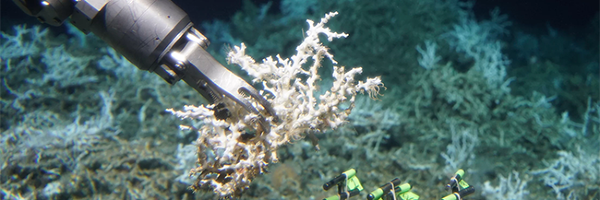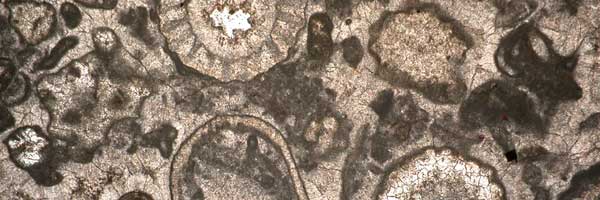The Nautilus Exploration Program focuses on three main areas of marine science: biology, geology, and archeology. No matter what area a particular cruise focuses on, the Corps of Exploration is ready for whatever they may come across in the depths of the sea. Over 95% of the ocean is unexplored, and that number approaches 100% for its deepest regions where the Nautilus team does most of their work. Above all else, Nautilus lives up to its title as an "Exploration Vessel" - each cruise has specific objectives, but the path changes constantly throughout the season as new discoveries come to light.












